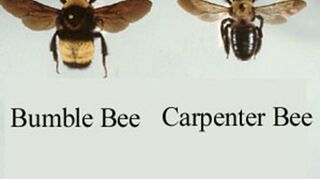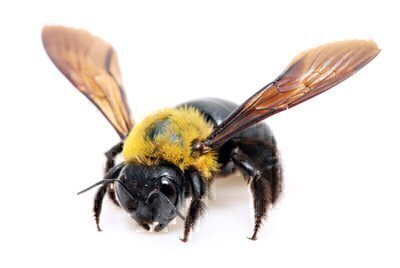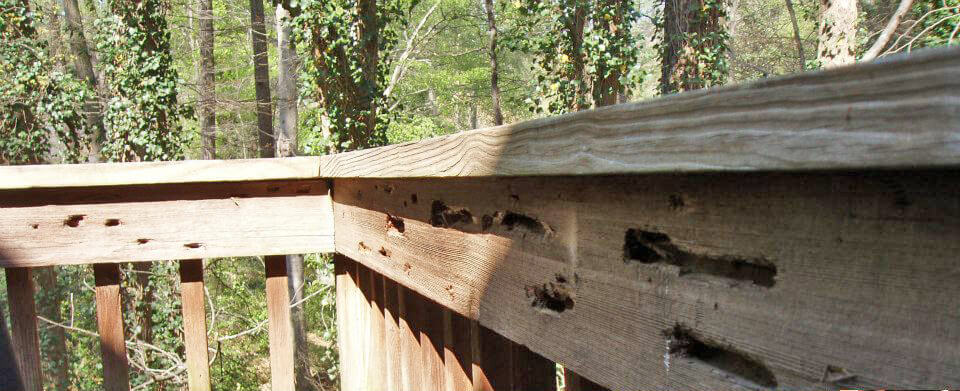Carpenter Bees Concrete Siding

Our everlog concrete log siding outperforms any product on the market and will save you a substantial amount of money over the life of your home.
Carpenter bees concrete siding. The bees will also tunnel into wood lawn furniture firewood railings shingles and shutters. From maintenance costs to homeowners insurance premiums and structural stability to fire resistant our concrete log products minimize a lifetime of costs. Protective insecticide sprays applied to wood surfaces are effective for only a short period even when repeated every few weeks. Carpenter bees prefer to excavate their nests in soft unpainted wood such as the back side of fascia boards siding window trim and porch ceilings.
They are solitary bees and are not part of a larger hive community. It s an ideal type of siding if you live next to the ocean because it can also deal with salt spray very well. The female carpenter bee is the one who makes the hole by chewing through the wood. The bees will reuse the.
They also bore into decks outdoor furniture fence posts and swing sets. Several kinds of bees can take up residence under a slab of cement or concrete within a building s foundation or behind a brick wall. Carpenter bees can do extensive. It is tempting to think that bees somehow were able to create.
Carpenter bees are wood boring pests that will bore holes into the trim siding decks and fascia boards on your house to build their nests. Carpenter bees can be a real menace to one s exterior siding especially wood siding. Instead they burrow into soft woods such as the siding of a house to live in and lay larvae. They make holes in siding soffits decks posts and the painted or bare wood of barns and sheds especially when the paint is old hottel says.
They have even been found making holes in wooden. Carpenter bees or termites for instance will find very little to work with when dealing with fiber cement siding. Carpenter bees are so named because they build nests by boring holes in weathered intact wood often the exterior walls and siding of homes and other structures. Preventing carpenter bee damage is difficult or nearly impossible for several reasons.
Moisture which is the biggest problem for almost any other type of siding also has little effect on fiber cement. Carpenter bees are large black and yellow bees frequently seen in spring hovering around the eaves of a house or the underside of a deck or porch rail they are often mistaken for bumble bees but differ in that they have a black shiny tail section the carpenter bee is so called because of its habit of excavating tunnels in wood with its strong jaws.














































